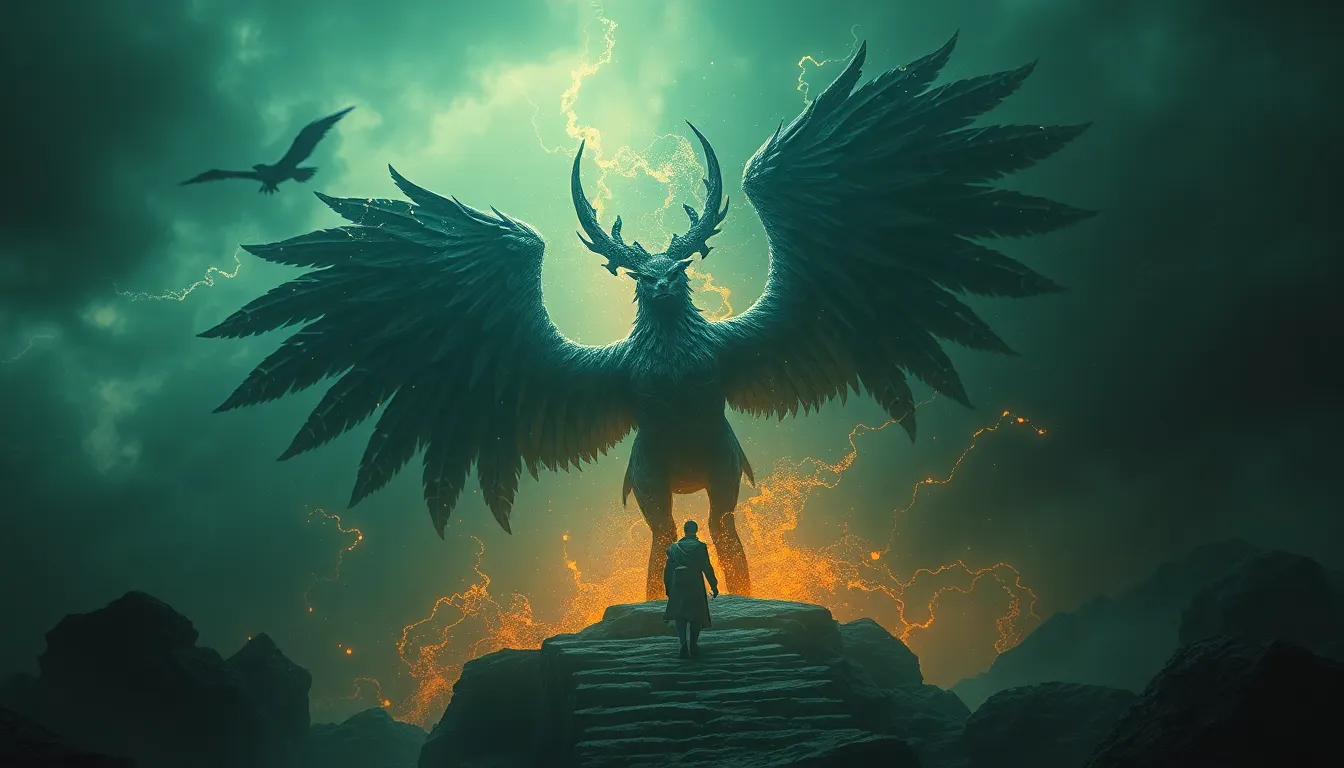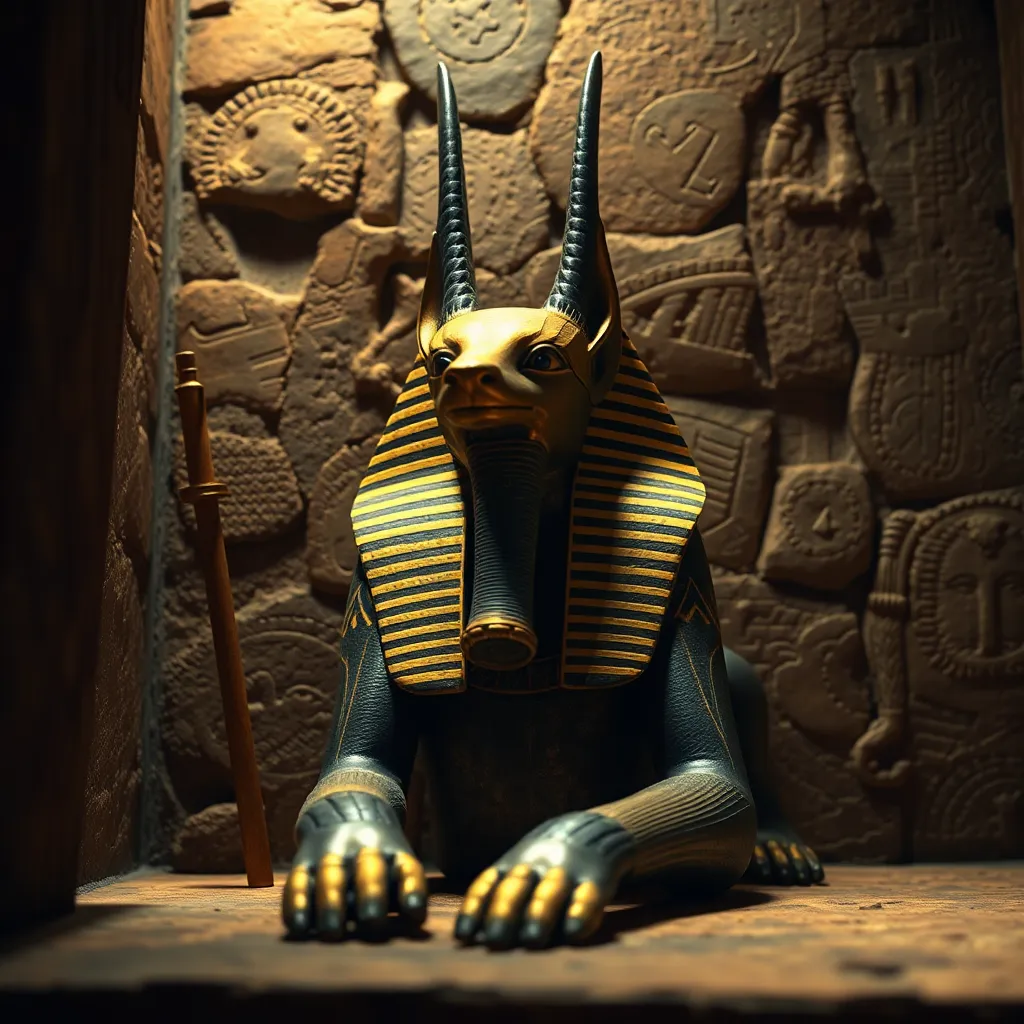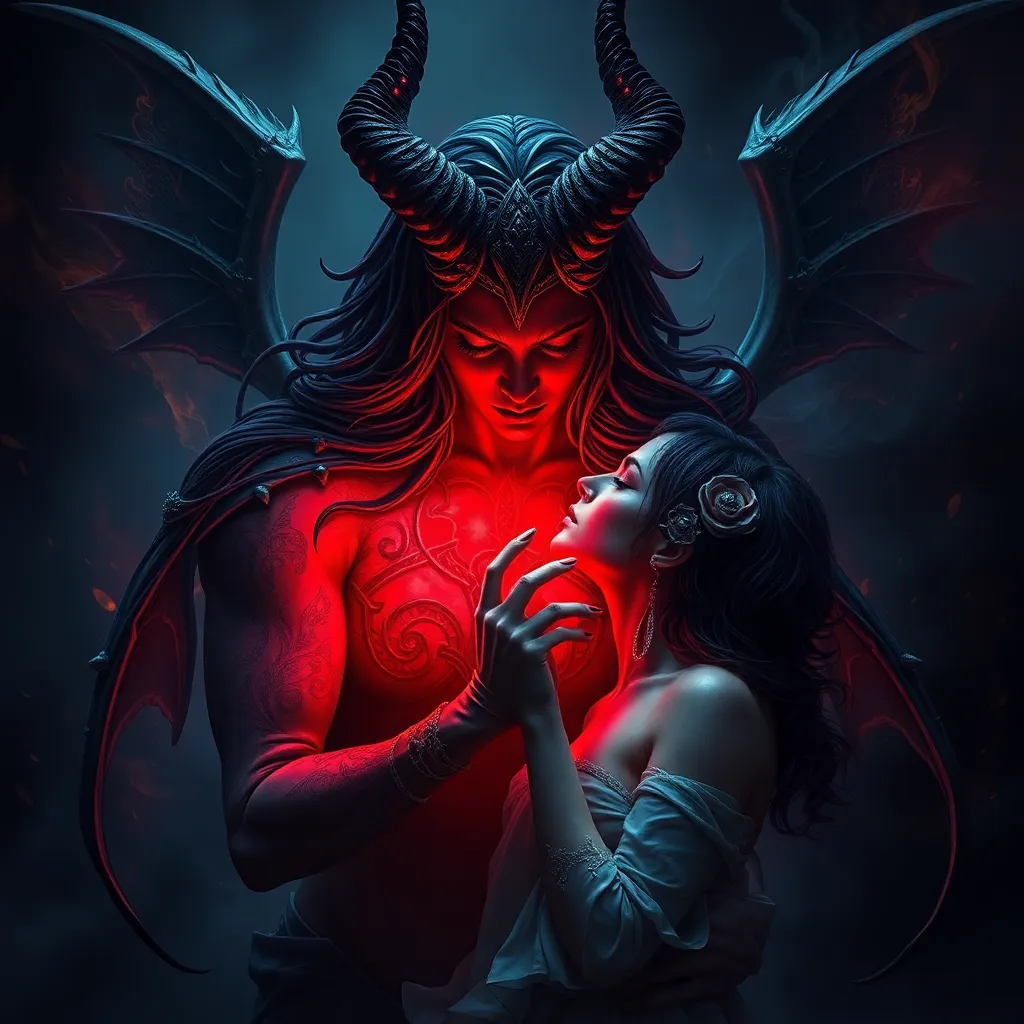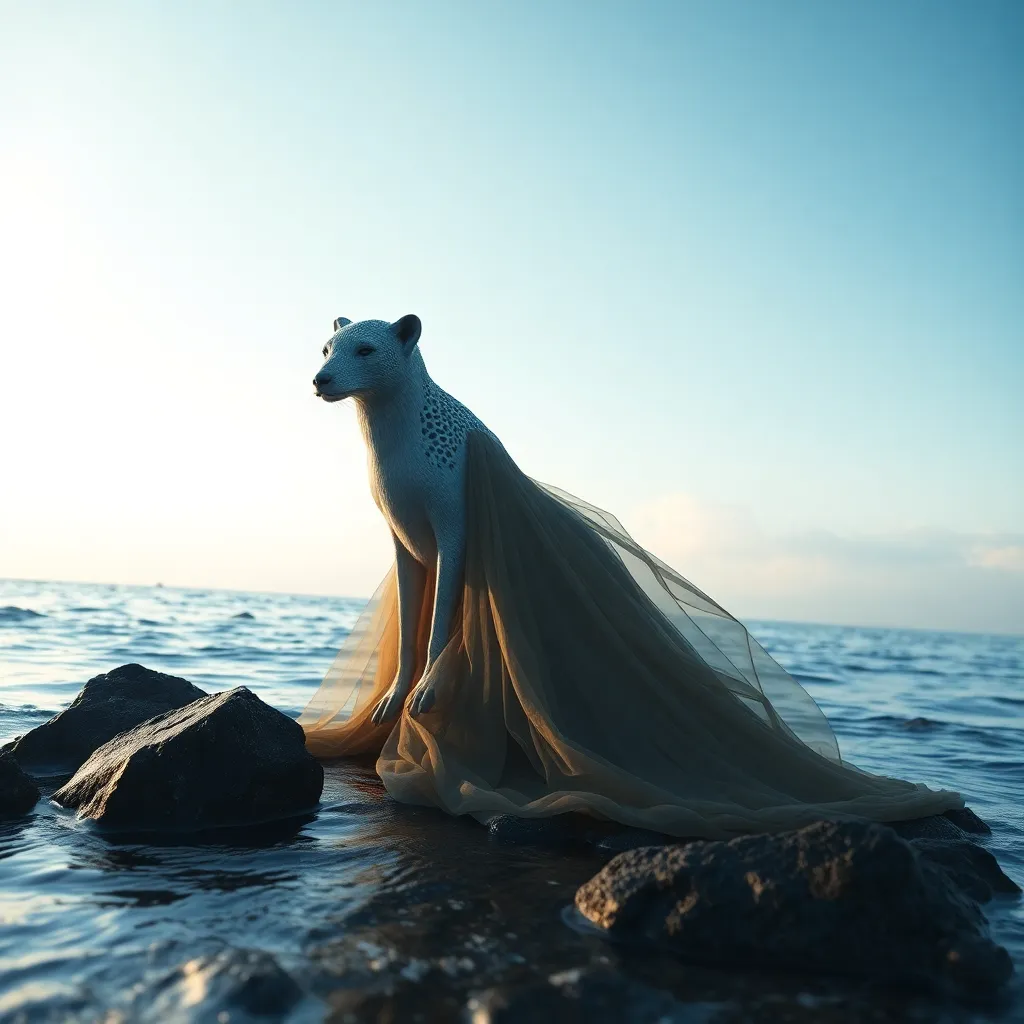The Simurgh’s Farewell: A Tale of Legacy and Immortality
I. Introduction
The Simurgh, a mythical bird in Persian mythology, holds a significant place in the cultural and literary traditions of Iran. Often depicted as a benevolent creature, the Simurgh embodies wisdom, strength, and the interconnectedness of life. This article aims to delve into the tale of the Simurgh, exploring profound themes of legacy and immortality that resonate through its narrative.
The significance of the Simurgh in cultural contexts cannot be overstated, as it serves as a symbol of guidance and knowledge throughout various Persian epics. By examining the story of the Simurgh, we can unravel deeper insights into the human experience of legacy and the quest for immortality.
II. The Mythological Origins of the Simurgh
The Simurgh’s roots trace back to ancient Persian lore, with references found in texts such as the Shahnameh (Book of Kings) by Ferdowsi, which is one of the most important works of Persian literature. In these narratives, the Simurgh is often portrayed as a majestic creature, described as having the body of a peacock, the head of a dog, and the wings of an eagle.
Symbolically, the Simurgh represents a multitude of concepts, including:
- Wisdom and enlightenment
- Fertility and nurturing
- Transformation and rebirth
As the narrative of the Simurgh evolved through various texts, its characterization expanded, embodying not only the qualities of a protector but also a harbinger of change and renewal.
III. The Journey of the Simurgh
The life of the Simurgh is marked by key events that highlight its significance in mythology. One of the most notable occurrences is its relationship with the hero Zal, whom it rescues as an infant. This act of saving Zal sets the stage for a lifelong bond, illustrating the Simurgh’s role as a mentor and guardian.
Throughout its journey, the Simurgh interacts with various mythical beings, as well as humans, often guiding heroes during their quests. Some key relationships include:
- Zal: The Simurgh’s pivotal role in Zal’s life and his eventual destiny.
- Rostam: The Simurgh’s guidance during Rostam’s challenges, showcasing its wisdom.
- Other mythical beings: Interactions that emphasize the interconnectedness of all creatures in the universe.
IV. Themes of Legacy
The concept of legacy is a prevalent theme in mythology, encapsulating the idea of what one leaves behind and how actions resonate through time. The Simurgh embodies this notion by passing on wisdom and knowledge to those it encounters.
Through its relationships, the Simurgh impacts future generations by:
- Providing guidance to heroes, ensuring their success.
- Symbolizing the importance of nurturing and teaching.
- Creating a lineage of wisdom that persists beyond its own existence.
V. Immortality and Transformation
The Simurgh possesses a dual nature that intertwines life and death. Its ability to regenerate and transform is emblematic of the cyclical nature of existence. The farewell of the Simurgh signifies not an end, but a transformation that echoes the themes of rebirth and renewal.
The symbolism surrounding the Simurgh’s farewell offers philosophical implications regarding immortality. It raises questions such as:
- What does it mean to live on after death?
- How do our actions transcend time?
- In what ways do we achieve immortality through our legacies?
VI. The Farewell: A Symbolic Departure
The farewell moment of the Simurgh is laden with significance, representing both a conclusion and a new beginning. This pivotal scene carries emotional and spiritual ramifications for all characters involved, particularly for Zal and Rostam, who must grapple with loss and the wisdom imparted upon them.
This farewell can be viewed as a rite of passage, marking transitions in both the physical and spiritual realms. It emphasizes the idea that every ending is intrinsically linked to a new beginning, reinforcing the cycle of life.
VII. Contemporary Interpretations and Influence
The legacy of the Simurgh extends into modern literature and art, where its themes resonate with contemporary audiences. Writers and artists draw inspiration from the Simurgh’s narrative to explore the complexities of legacy and the quest for immortality in today’s society.
Some contemporary interpretations include:
- Literature: Modern retellings and adaptations that incorporate the Simurgh’s wisdom.
- Art: Visual representations that capture the essence of the Simurgh’s journey and farewell.
- Philosophy: Discussions on legacy and immortality that echo through various disciplines.
VIII. Conclusion
In conclusion, the tale of the Simurgh encapsulates rich themes of legacy and immortality, offering insights that transcend time and culture. Through its journey, the Simurgh teaches us about the importance of wisdom, the impact of our actions, and the nature of transformation.
The enduring legacy of the Simurgh invites us to explore our own narratives and the ways in which we contribute to the tapestry of human experience. As we reflect on these mythological narratives, we uncover the profound meanings that continue to resonate within us, urging us to seek our own paths of legacy and transformation.



